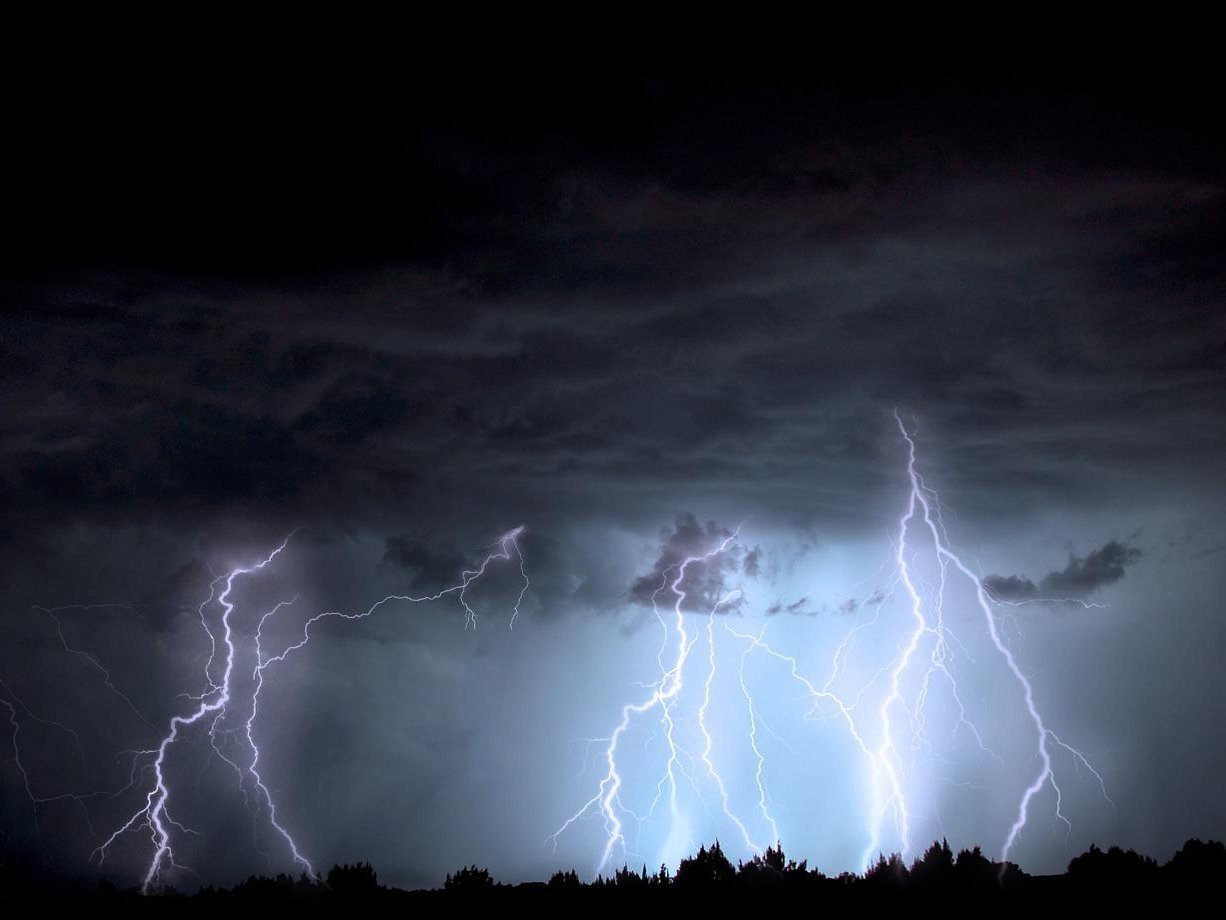- History

Music is an abstract art? Far from it! Since the Baroque period, composers have been inspired to depict extramusical events in sound. Natural phenomena, in particular, provide excellent models. Especially with thunder and lightning, composers can impressively let their creativity and feeling for striking sound effects run free.
Antonio Vivaldi composed the prototype, which concluded the “Summer” Concerto from his Four Seasons with lightning and thunder: breakneck sweeping scales and pounding repeated notes unleash the storm. Ludwig van Beethoven was able to surpass Vivaldi’s example in the “storm” movement of his “Pastoral” Symphony. He presents the shrill piccolo here for the first time, creating glaring lighting effects; eerie tremolos and dashing semiquavers in the strings, harsh timpani blows and threatening trombone blasts create a sinister atmosphere. In addition, lightning flashes with great intervallic leaps in the first violins, interestingly enough, from below upwards.
The opera has naturally always been ideally suited for extreme weather situations in music – the Baroque mechanical theatre made the rain beat down and thunder rumble. Giuseppe Verdi offered a striking variant in his Rigoletto. He intensifies the horror of the murder scene by unleashing a thunderstorm; the chorus, humming with closed lips, makes the squalling winds howl.
During the overture to the fourth act of his Les Troyens, entitled “Royal Hunt and Storm”, Hector Berlioz provided a huge orchestra that was intended to outdo even the extreme forces of nature musically. And if that is still not enough, we recommend the “Cloudburst” from the Grand Canyon Suite by the American composer Ferde Grofé: Hollywood sends its regards.